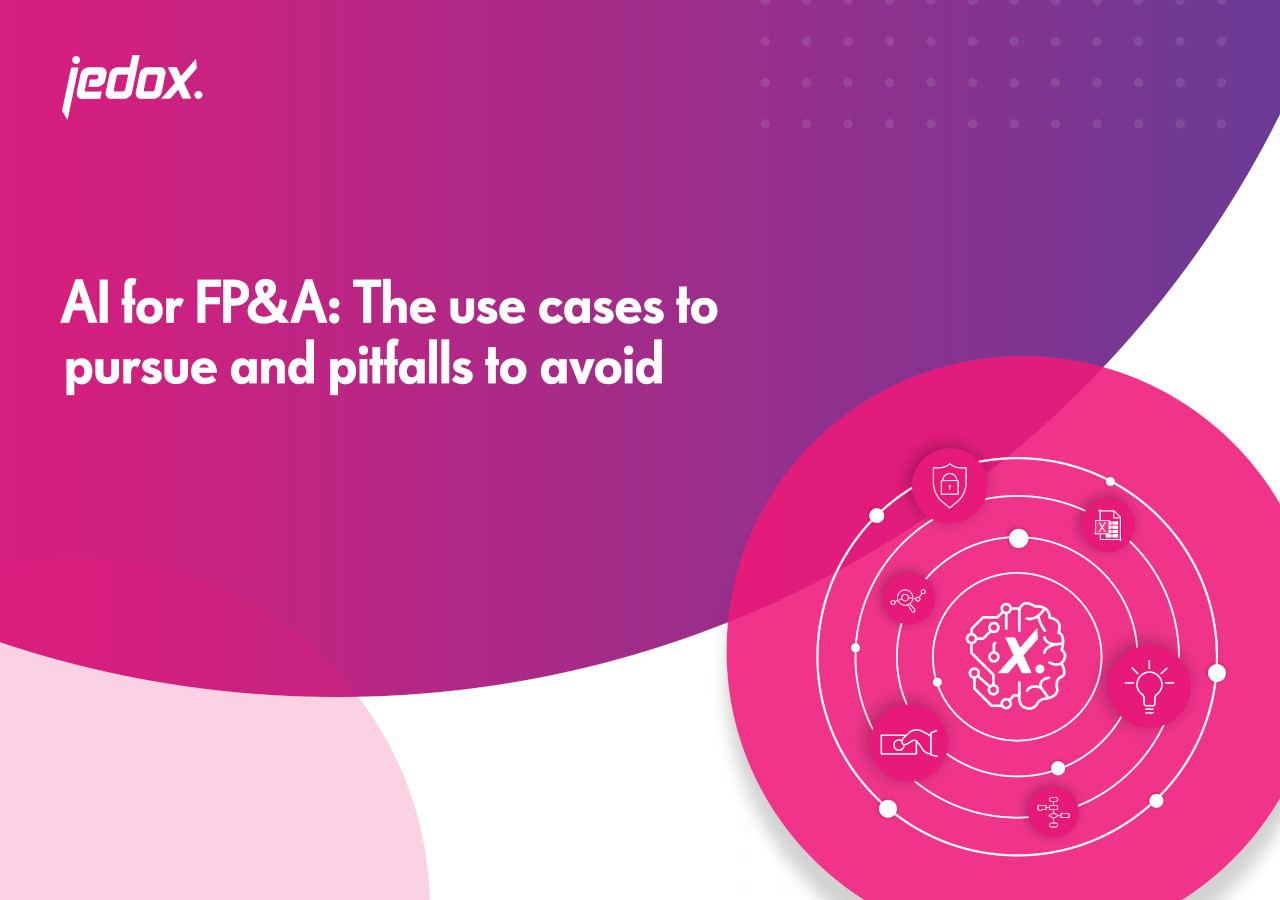
What is an accounting balance sheet? 6 things you should know
- What is a balance sheet?
- 1. The debt ratio is an essential part of accounting balance sheets
- 2. The owner’s equity should appear on a good balance sheet
- 3. The importance of the accounts payable balance sheet
- 4. Balance sheet accounts inform high-level business decisions
- 5. The balance sheet is not just for accountants
- 6. The balance sheet is always useful, sometimes necessary
- Key takeaways
Accounting provides a lot of value and should never be overlooked or underestimated. Companies know that: Each year, businesses in the United States spend upwards of $142 billion on the services of accountants. Together, this industry employs more than 609,000 people. How is it that accounting provides so much value for businesses? For one it is through many powerful tools that the world of accounting has built across time to help inform business decisions. One of the most relevant tools is the accounting balance sheet. But what exactly makes this sheet so valuable and essential? Read on to learn all about the most critical aspects to understand about the accounting balance sheet.
What is a balance sheet?
There are many financial facts about any business and the activities it engages in. However, some of these activities are more relevant than others. Some of the most influential facts about businesses’ financial activities are consolidated in the balance sheet. It’s a single sheet that generally lists the assets and liabilities of a business as well as the owner’s equity at a given point in time.
A balance sheet starts to expire as soon as it is created, therefore it should be updated regularly. Many businesses update the balance sheet every quarter. For other businesses it is sufficient to update the balance sheet once a year.
The balance sheet uses a standard system of organization to arrange the financial fact that it contains. In general, a balance sheet consists of two columns. The first column on the left will list the company assets. The column on the right will contain the liabilities and the equity of the owner or owners.
In many cases, the total value of the items on the left side of the column will be different from the total value of the items on the right column. When this is the case, the difference in value will also be expressed on the balance sheet. This difference can represent many different situations. However, the most important insight that can be drawn from that situation is whether the business has more assets or liabilities.
1. The debt ratio is an essential part of accounting balance sheets
One of the most influential things that the balance sheet provides is an understanding of the debt ratio of the business. In other words, it expresses the ratio of total company dents to total company assets.
The debt ratio is crucial to focus on to ensure that it does not get out of control. Used strategically, debt can serve as a financial analysis tool that can greatly empower a business depending on what it is being used for. Using loans to pay off assets that in the long run support the company’s well-being is good debt whereas ongoing expenses shouldn’t be covered with debt.
However, if the debt ratio gets too extreme, it can indicate that a company might risk bankruptcy and needs to quickly change course. Of course, the exact ratio that represents a problem will differ depending on various factors, like the industry a business is in.
2. The owner’s equity should appear on a good balance sheet
The number on the right column of the balance sheet represents the value of the assets the owners would have if the business paid off all its liabilities.
This is a vital number for owners because it indicates how much a business is worth. If this number goes down over time, that is another keyway that business leaders can realize that the business needs to quickly change course.
3. The importance of the accounts payable balance sheet
Another one of the essential items on the accounting balance sheet is the accounts payable entry. This entry will appear on the right side of the balance sheet with the other liabilities and represents individuals and companies that you owe money to. Other liabilities are sometimes not time-sensitive, but this one often is.
If the liabilities of a company exceed its assets, that does not automatically mean something bad. However, if one of the biggest reasons that the liabilities exceed the assets is because of the total value of the accounts payable, that suggests that the company will have to come up with a lot of money very quickly. This number is so critical to pay attention to because it can indicate that a business is verging on bankruptcy.
4. Balance sheet accounts inform high-level business decisions
As we have already seen, many individual items on the balance sheet can tell business leaders how a business is doing. The same goes for the balance sheet as a whole.
Careful analysis and understanding of the balance sheet can often reveal problems that would otherwise remain invisible. That is the whole purpose of the balance sheet. It reveals in clear numbers the state of a business.
The better business leaders understand how their business is functioning, the more likely they are to perceive solutions for any outstanding problems.
5. The balance sheet is not just for accountants
Some businesses make the mistake of leaving the balance sheet only for the accountants to look at. Although this is better than nothing, it does not take advantage of the potential of the balance sheet.
Used properly, the balance sheet can be one of the most powerful tools for informing business decisions. Make sure that your business leaders understand how much value they can get out of looking at the balance sheet.
Not every business leader understands this, but the right experience can help them discover new ways to use the balance sheet to improve their own decision-making.
6. The balance sheet is always useful, sometimes necessary
As we have seen, the balance sheet can be extremely useful. However, there are cases in which the balance sheet is not optional. Corporations are required by law to create a balance sheet every year as part of their annual tax return.
The balance sheet helps the government compare the total value of a company as it changes across the years. This number is then extremely relevant for calculating tax liabilities.
However, this requirement only applies to larger corporations. Any Corporation with total receipts and total assets worth less than $250,000 at the end of the year does not have to include a balance sheet in its tax return.
Key takeaways
An accounting balance sheet provides a snapshot of an organization’s financial situation. It is one of the three core financial statements that report a company’s assets, liabilities as well as shareholders’ equity and is used to evaluate a business. Properly used it helps analysts and decision makers running the business responsibly.
If you are looking for a software to facilitate the balance sheet preparation and automate your processes check out Jedox’ balance sheet software.












